Our People
We have a wealth of experience across nine labs, combining expertise from a range of disciplines. If you are interested in discussing potential opportunities for study within our labs, please don't hesitate to get in touch.
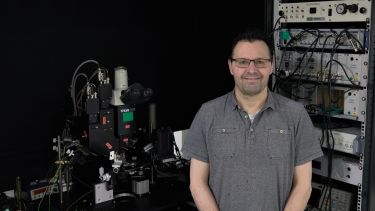
Marcotti
In the Marcotti lab, we study the development and function of the auditory system. Our research also aims to understand the mechanisms underpinning deafness and age-related hearing loss, and to develop therapeutic approaches to restore hearing.
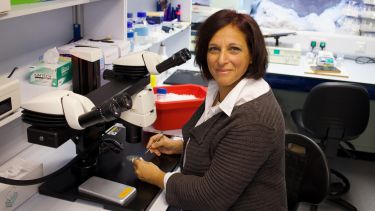
Mustapha
In the Mustapha lab, we are investigating how loud noise and aging affect the survival of the nerve fibres that connect the ear with the brain.
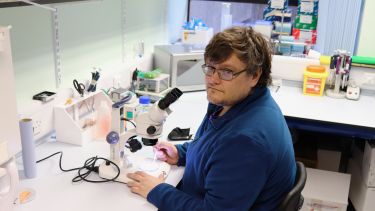
Nikolaev
In the Nikolaev lab, we are interested in understanding how auditory and visual information are combined and compared in the brain to allow animals to perform day-to-day tasks.
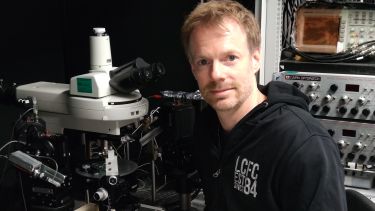
Johnson
In the Johnson lab, we investigate how changes in mechanoelectrical transduction contribute to age-related hearing loss. We are also studying the potential link between deafness and dementia, and the interaction between loud noise and age-related hearing loss.
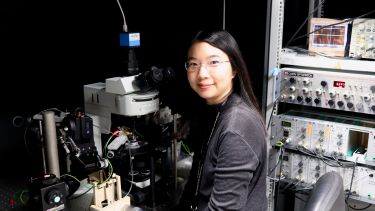
Jeng
In the Jeng lab we are investigating hair cell ageing and mechanisms underlying age-related hearing loss.
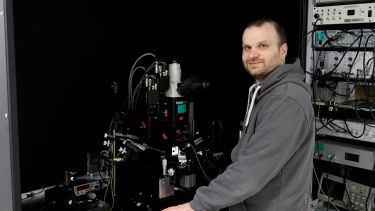
Ceriani
In the Ceriani lab we investigate age-related physiological changes in the non-sensory cells of the mammalian cochlea and their link to age-related hearing loss.
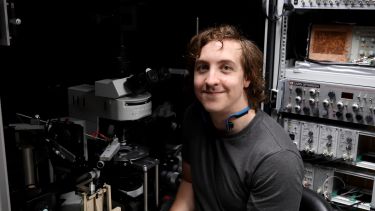
Carlton
In the Carlton lab, we are studying how feedback from the brainstem modulates cochlear activity to fine-tune what we hear. We are also investigating how this feedback adapts during age-related hearing loss or changes in response to cochlear output.
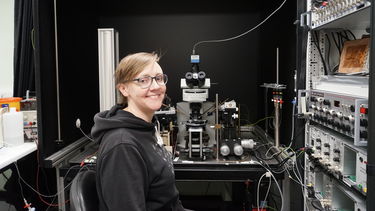
Wood
In the Wood lab we study how populations of neurons form networks that support auditory perception and how these networks are affected by ageing.

Rivolta
In the Rivolta lab, we are using stem cells to replace those that connect the ear with the brain. We are also exploring their potential use with cochlear implants.

Corns
In the Corns lab, we want to understand how nerves from the brain communicate with sensory cells within the ear and how this communication changes with age.
